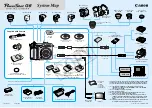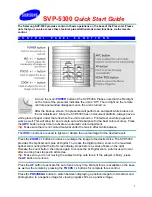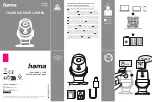
Linea HS Series Camera User's Manual
Camera Performance and Features
•
55
Spatial Correction
Spatial correction is necessary when using multiple array output, such as when using HDR or high
full well modes. To achieve a sharp image in the vertical direction when running the camera in
modes that use multiple array output, it is important that the lines being used are aligned
correctly. Line spatial correction is used to ensure that these lines align.
Target
object
Scan
Direction
n
lines spatial correction
Line output 1
Line output
1 + n
Target
object
n
lines spatial correction
Main array
Secondary Array
Main Array Output 1 + n = Secondary Array Line Output 1
Readout
Readout
Dual Array Output
Figure 28: Spatial Correction
Teledyne DALSA Xtium CLHS frame grabbers automatically perform spatial
correction for Linea HS cameras.
The camera ensures the scan direction alignment of the lines by delaying the image data for each
row a set amount of time, as dictated by the scan direction. The camera automatically adjusts the
true spatial correction values depending on direction. Spatial correction is then performed in the
frame grabber based on the time stamps provided by the camera. That is, depending on the scan
direction, an initial number of lines are discarded so that only corresponding lines are kept, which
can then be processed (for example, summed together).
For example, in dual array output, the main array row output that corresponds to the second array
output can be 163 or 99 rows apart depending on the scan direction.
Note:
The frame grabber must be set to two planes to align the data for dual
array output; for 3 array output 3 planes are required.
Spatial correction is not necessary when using the camera with the main array only. For single
array TDI operation this functionality is not needed and is disabled.
















































